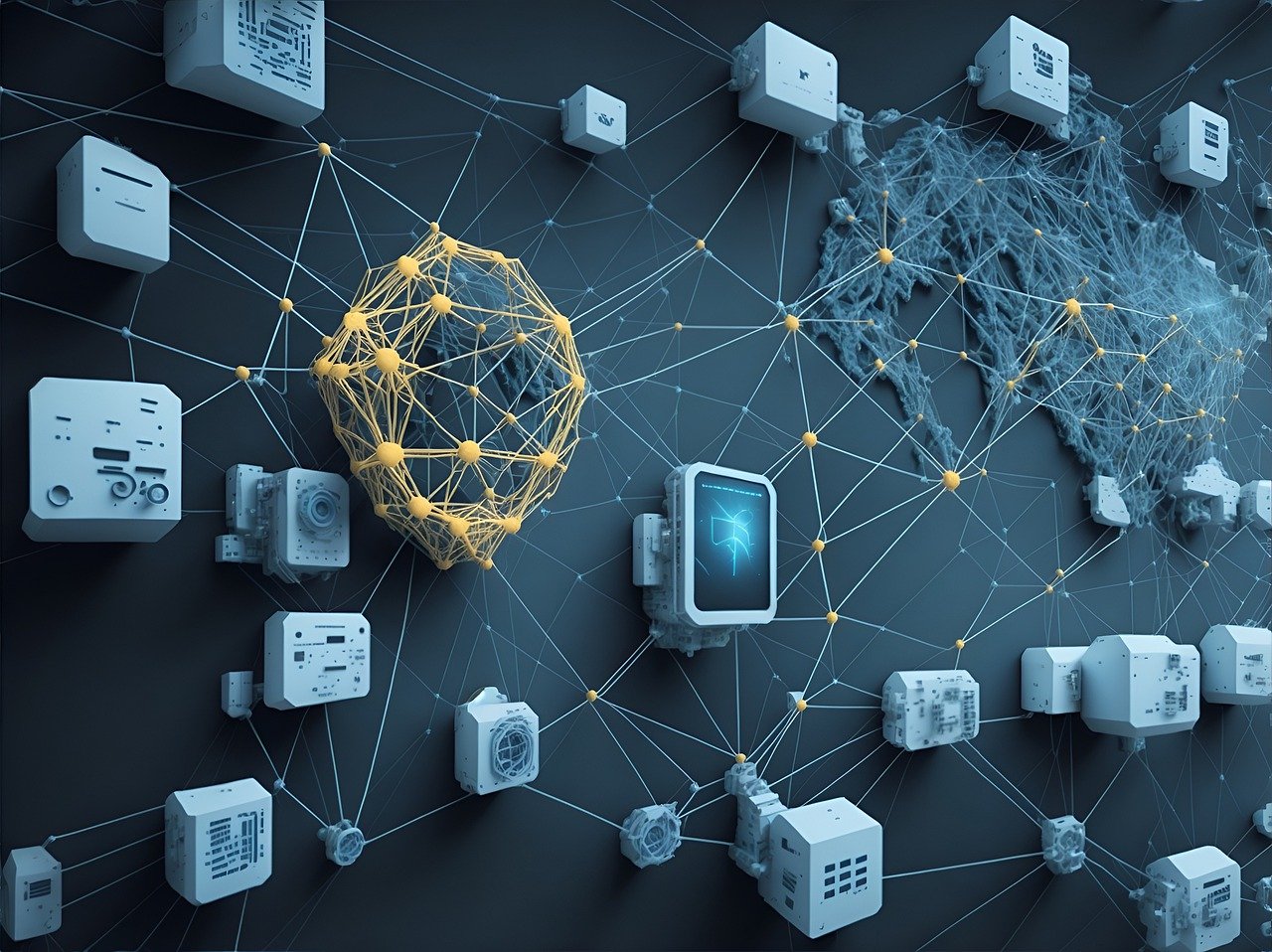**Securing the Internet of Things (IoT): Challenges and Solutions for a Connected World**The Internet of Things (IoT) has transformed the way we live, work, and interact with the world around us. From smart homes and wearable devices to industrial automation and connected healthcare, IoT has ushered in an era of unprecedented convenience and efficiency. However, this rapid proliferation of connected devices has also introduced significant security challenges. As the number of IoT devices continues to grow—projected to exceed **29 billion by 2030**—so too does the risk of cyberattacks, data breaches, and privacy violations. Securing the IoT ecosystem is no longer optional; it is a critical imperative for individuals, businesses, and governments alike.—### The IoT Security ChallengeThe IoT landscape is inherently complex, comprising a vast array of devices, networks, and platforms. This complexity, combined with the often-limited security capabilities of IoT devices, creates a perfect storm for cyber threats. Key challenges in securing IoT include:1. **Diverse and Fragmented Ecosystem** IoT devices come in various shapes, sizes, and functionalities, often running on different operating systems and communication protocols. This lack of standardization makes it difficult to implement consistent security measures.2. **Limited Device Resources** Many IoT devices, such as sensors and wearables, have limited processing power, memory, and battery life. These constraints often prevent the implementation of robust security features like encryption and regular software updates.3. **Insecure Default Settings** Many IoT devices ship with weak default passwords, open ports, and unnecessary services enabled, making them easy targets for attackers.4. **Lack of Visibility and Control** Organizations often struggle to maintain visibility into all connected devices on their networks, leaving them vulnerable to unauthorized access and exploitation.5. **Prolonged Device Lifecycles** IoT devices are often deployed for years or even decades, during which they may receive little to no security updates, leaving them exposed to emerging threats.6. **Supply Chain Vulnerabilities** The global nature of IoT manufacturing introduces risks at every stage of the supply chain, from compromised components to tampered firmware.—### The Consequences of IoT InsecurityThe security risks associated with IoT are not hypothetical—they have already resulted in significant real-world incidents. For example:- The **Mirai botnet** attack in 2016 exploited insecure IoT devices to launch massive distributed denial-of-service (DDoS) attacks, disrupting major websites and services.- In 2020, a ransomware attack targeted a German hospital’s IoT systems, forcing the facility to turn away emergency patients.- Vulnerabilities in smart home devices, such as cameras and doorbells, have led to unauthorized access and privacy violations.These incidents underscore the urgent need to address IoT security vulnerabilities before they escalate into larger crises.—### Solutions for Securing the IoT EcosystemSecuring the IoT requires a multi-faceted approach that addresses technical, organizational, and regulatory challenges. Here are some key strategies for building a safer connected world:#### 1. **Device Hardening** – **Strong Authentication:** Implement multi-factor authentication (MFA) and require users to change default passwords during setup. – **Encryption:** Use strong encryption protocols to protect data in transit and at rest. – **Regular Updates:** Ensure devices can receive and install security patches and firmware updates throughout their lifecycle.#### 2. **Network Security** – **Segmentation:** Isolate IoT devices on separate network segments to limit the spread of attacks. – **Firewalls and Intrusion Detection:** Deploy network security tools to monitor and block suspicious activity. – **Zero Trust Architecture:** Adopt a Zero Trust approach that verifies every device and user before granting access.#### 3. **Visibility and Monitoring** – **Asset Inventory:** Maintain an up-to-date inventory of all connected devices, including their configurations and vulnerabilities. – **Behavioral Analytics:** Use AI and machine learning to detect anomalies and potential threats in real time.#### 4. **Supply Chain Security** – **Vendor Accountability:** Work with manufacturers that prioritize security and provide transparency about their practices. – **Code Signing and Integrity Checks:** Ensure that firmware and software updates are signed and verified to prevent tampering.#### 5. **User Education and Awareness** – **Best Practices:** Educate users about the importance of changing default settings, updating devices, and recognizing phishing attempts. – **Privacy Controls:** Empower users to manage data collection and sharing settings on their IoT devices.#### 6. **Regulatory and Industry Standards** – **Compliance Frameworks:** Adhere to established standards like the **NIST Cybersecurity Framework** and **ISO/IEC 27001**. – **Government Regulations:** Support policies that mandate minimum security requirements for IoT devices, such as the **UK’s Product Security and Telecommunications Infrastructure (PSTI) Act** and the **U.S. IoT Cybersecurity Improvement Act**.#### 7. **Collaboration and Information Sharing** – **Public-Private Partnerships:** Foster collaboration between governments, industry, and academia to share threat intelligence and best practices. – **Bug Bounty Programs:** Encourage ethical hackers to identify and report vulnerabilities in IoT systems.—### The Future of IoT SecurityAs IoT continues to evolve, so too must the strategies for securing it. Emerging technologies like **blockchain**, **edge computing**, and **quantum encryption** hold promise for enhancing IoT security. For example, blockchain can provide tamper-proof records of device activity, while edge computing can reduce the attack surface by processing data locally rather than in the cloud.However, the future of IoT security also depends on a cultural shift. Manufacturers must prioritize security by design, organizations must invest in robust defenses, and consumers must demand safer products. Only through collective effort can we build a connected world that is both innovative and secure.—### ConclusionThe Internet of Things has the potential to revolutionize industries, improve quality of life, and drive economic growth. But this potential cannot be realized without addressing the significant security challenges that come with it. By adopting a proactive, comprehensive approach to IoT security, we can mitigate risks, protect privacy, and ensure the benefits of a connected world are accessible to all.The time to act is now. As IoT becomes increasingly intertwined with our daily lives, securing it is not just a technical necessity—it is a shared responsibility. Together, we can build a safer, smarter, and more resilient future.

